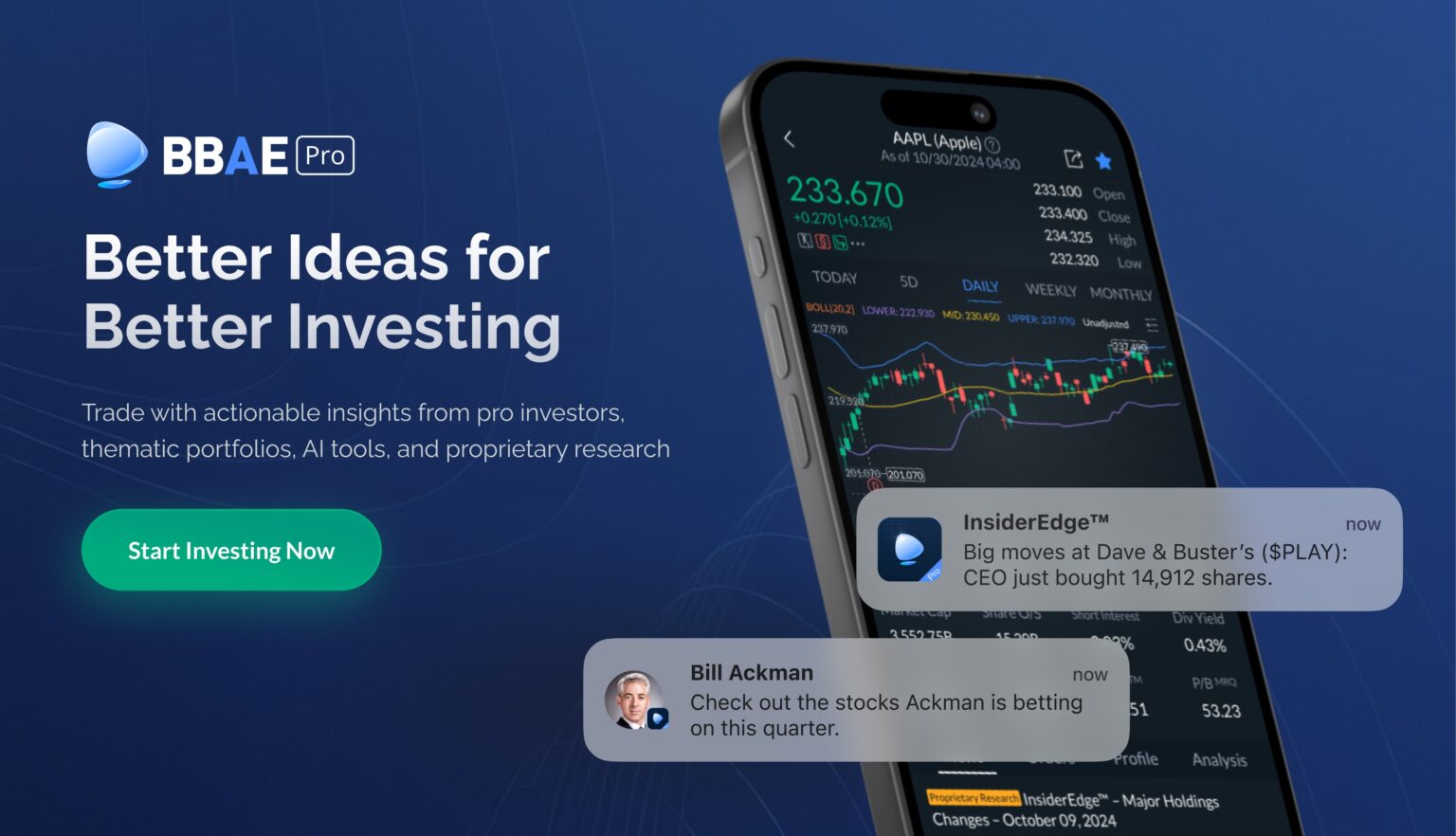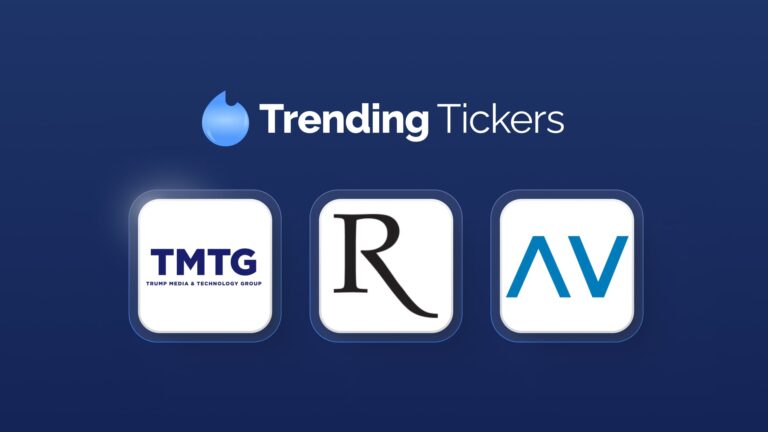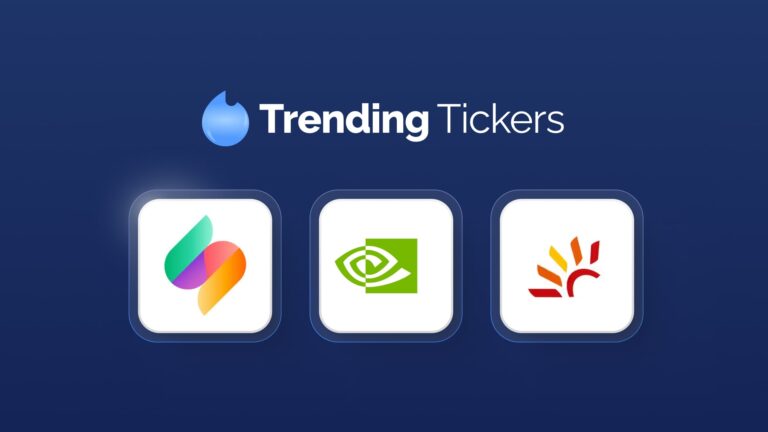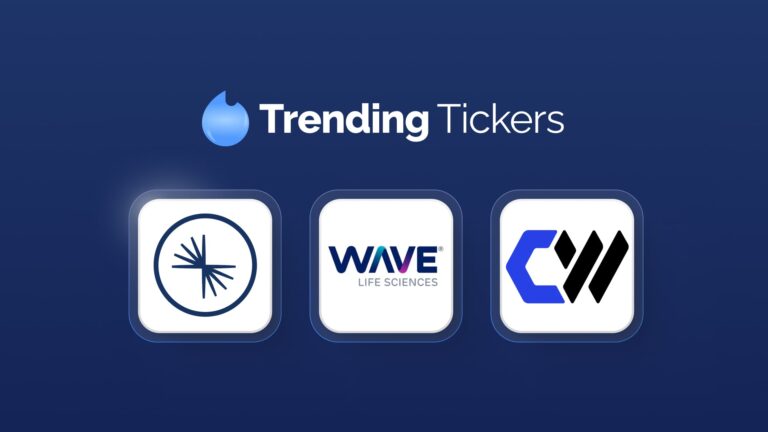Figma IPO S-1 Filing: Key Highlights
Design platform Figma filed its S-1 this week, signaling its plans to go public soon. Expected to be one of the largest IPOs of the year, the listing is likely to draw significant investor attention. Adobe—Figma’s main competitor—attempted to acquire the company for $20 billion in 2023, but the deal was ultimately blocked by regulators. The company now plans to list on the NYSE under the ticker symbol $FIG. In this article, we break down the key insights from its IPO filing.
Business Model
Figma is a collaborative design software platform delivered through a cloud-based, browser-first model. Its core product, Figma Design, allows users to create user interfaces collaboratively in real time. The company has expanded into adjacent tools such as FigJam, an online whiteboard for brainstorming, and Figma Slides, a collaborative presentation tool that combines Figma’s design precision with FigJam’s interactivity, aimed at both designers and non-designers.
These products, along with features for prototyping and developer hand-off (e.g., a dedicated Dev Mode for engineers), position the company as an end-to-end hub for product design and ideation.
Figma operates on a freemium Software-as-a-Service (SaaS) model. Individuals and small teams can start using the platform for free, with the option to upgrade to paid plans for advanced collaboration features. Paid subscriptions are typically sold on a per-user (or per-seat) basis, with organizations paying a monthly or annual fee for each active editor or contributor.
This model supports a “land-and-expand” strategy: Figma often gains initial traction through a few enthusiastic users on the free plan, then grows as more team members adopt it across the organization.
Customer acquisition is primarily driven by product-led growth and community evangelism. Many users discover Figma through word-of-mouth, with the company’s S-1 highlighting an “expanding network of customer champions” and viral adoption within organizations. While self-service onboarding is central to its strategy, Figma also employs a direct sales team to assist with larger enterprise rollouts and upgrades.
Overall, the company aims to convert its large base of free users into paying customers by demonstrating the productivity gains of its collaborative platform. The company estimates its total addressable market for design collaboration tools at $33 billion, underscoring its significant growth potential.
Financial Numbers and Key Metrics
Figma’s S-1 filing reveals strong revenue growth and best-in-class software gross margins. In 2024, the company generated $749 million in revenue, up 48% year-over-year. Despite this growth, Figma posted a net loss of $732.1 million—a figure largely driven by a one-time stock-based compensation charge tied to a major RSU release. Excluding this non-recurring expense, the company was close to breakeven.
In 2023, the company reported $505 million in revenue and a net income of $737.8 million. However, that profit was due to a $1 billion termination fee received when the planned $20 billion acquisition by Adobe was blocked—classified in the S-1 as proceeds from the “Abandoned Merger.” Adjusting for that extraordinary item, the company operated near break-even levels in 2023 as well.
Recent financials show continued momentum: in Q1 2025, Figma generated $228.2 million in revenue, a 46% increasefrom Q1 2024. Notably, the company posted a net income of $44.9 million in the quarter—indicating it has reached profitability entering 2025.
The company also maintains exceptionally high gross margins, ranging between 88% and 91% in recent periods. This reflects the efficiency of its cloud-native infrastructure and underscores the scalability of its SaaS model.
Figma’s S-1 highlights rapid expansion among high-value customers and consistently strong retention rates—key indicators of a healthy, scalable SaaS business.
- As of March 31, 2025, Figma had 11,107 paid customers generating over $10,000 in Annual Recurring Revenue (ARR)—up 39% year-over-year from 8,007 in March 2024 and nearly double the 5,945 reported in March 2023.
- The number of customers generating over $100,000 in ARR also showed steady growth: from 456 in March 2023 to 1,031 by March 2025, representing a 2.3x increase over two years.
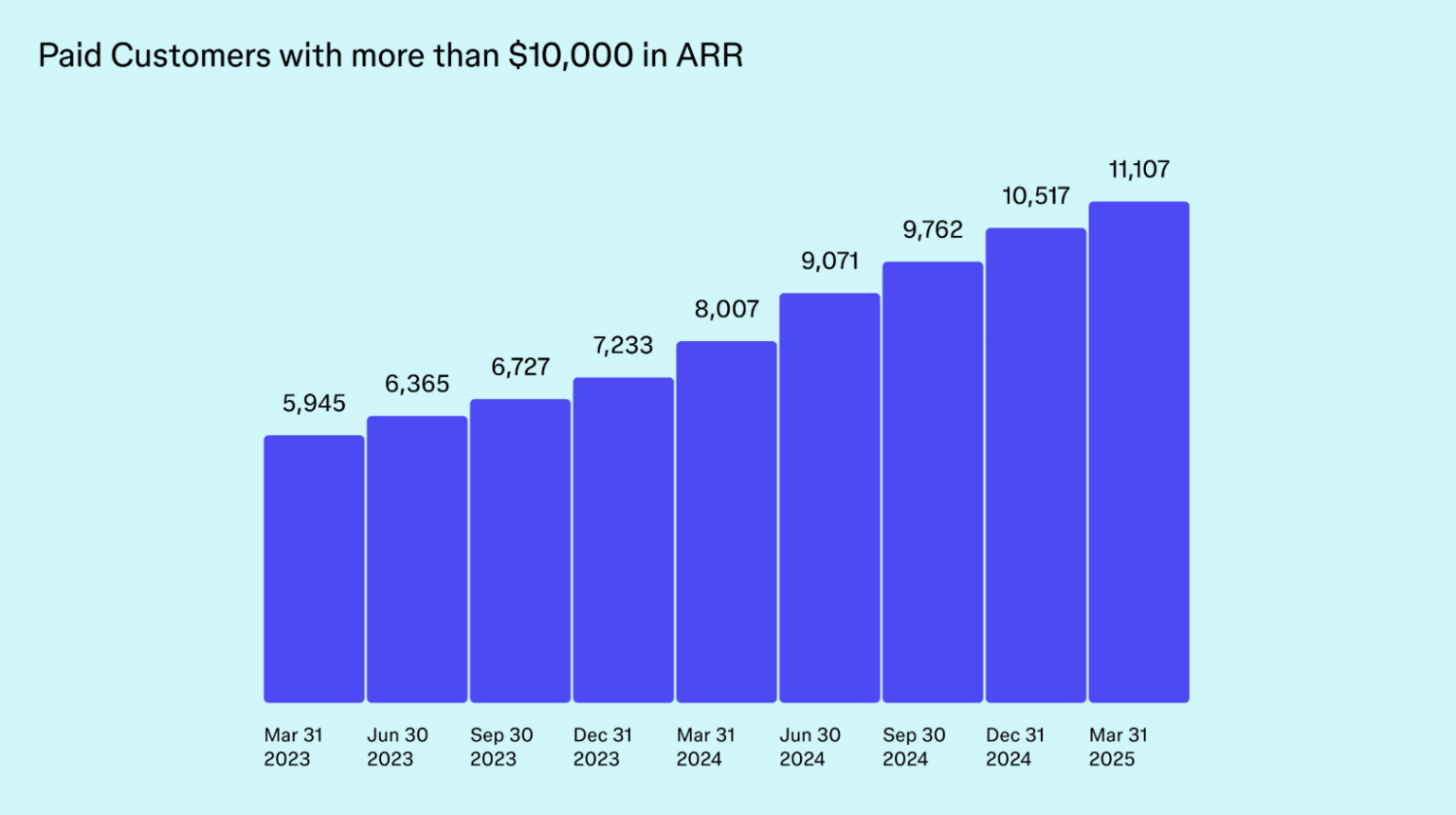
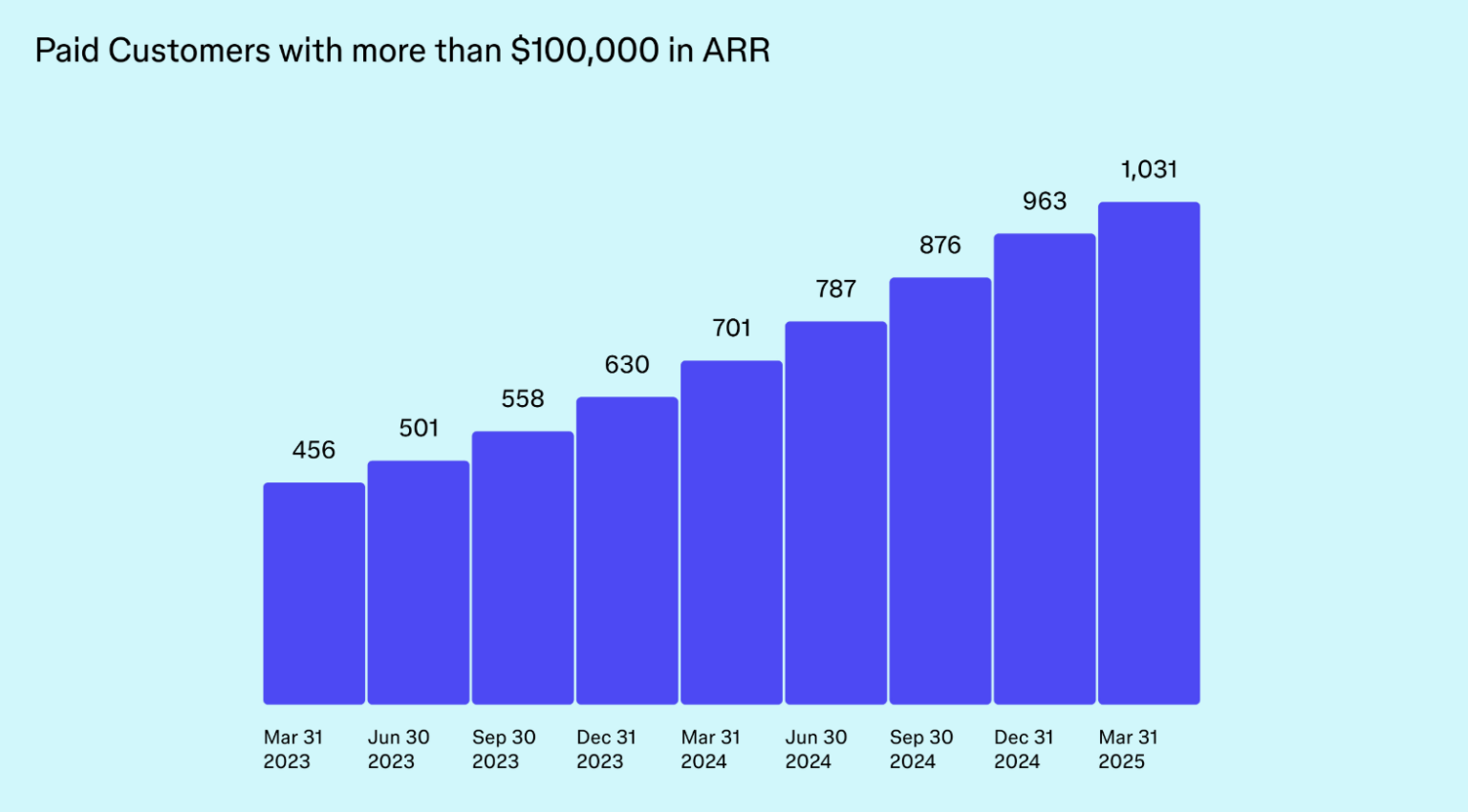
Source: SEC Filings
Figma also reported having approximately 450,000 total paid customer accounts globally as of March 31, 2025, though only a small fraction of those exceed the $10K or $100K ARR thresholds.
Strategic Initiatives and Growth Plans
Figma’s S-1 outlines several initiatives aimed at sustaining long-term growth by expanding its user base, deepening adoption, and enhancing its platform capabilities.
- Converting Free Users to Paid Customers: Figma plans to continue converting individual users and teams from its free tier to paid subscriptions. The product’s popularity among designers creates a strong top-of-funnel, and the company leverages these enthusiastic users as internal advocates to drive wider organizational adoption.
- Land-and-Expand Strategy: A core focus is growing usage within existing accounts. Once adopted by a team, Figma works to expand into other departments and entire organizations through dedicated customer success efforts and enterprise sales. This approach is reflected in Figma’s strong net retention metrics.
- Product Innovation and AI Integration: Figma is investing in new products and features, including recent launches like FigJam and Figma Slides. AI will play a central role going forward—automating tasks, suggesting designs, and enabling non-designers to contribute—positioning the company as an increasingly powerful creative platform.
- International Expansion: With over 80% of weekly active users based outside the U.S., Figma sees major growth potential in international markets. The company plans to localize offerings, strengthen regional support, and expand its global footprint through hiring and partnerships.
These initiatives reflect Figma’s evolution from a single-product design tool to a multi-product, global collaboration platform. By focusing on user growth, enterprise penetration, innovation, and global reach, the company aims to solidify its position as a leading player in the design and creativity software space.
This article is for informational purposes only and is neither investment advice nor a solicitation to buy or sell securities. All investments involve inherent risks, including the total loss of principal, and past performance is not a guarantee of future results. Investing in initial public offerings (IPOs) carries additional risks, such as volatility, limited operating history, lack of liquidity, and potential overvaluation. IPO stocks may experience significant price fluctuations and may not perform as expected. Always conduct thorough research or consult with a financial expert before making any investment decisions. BBAE has no position in any investment mentioned.



